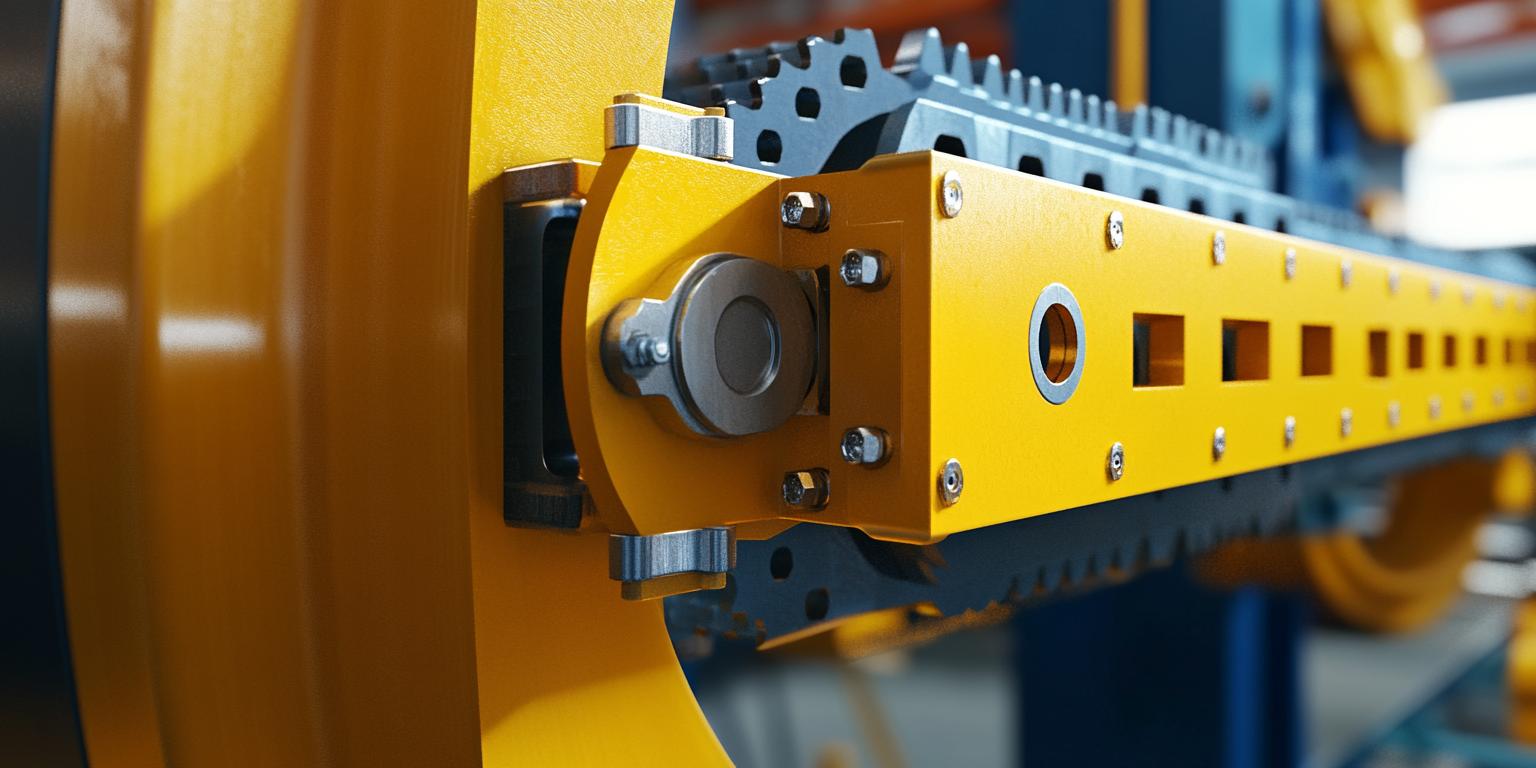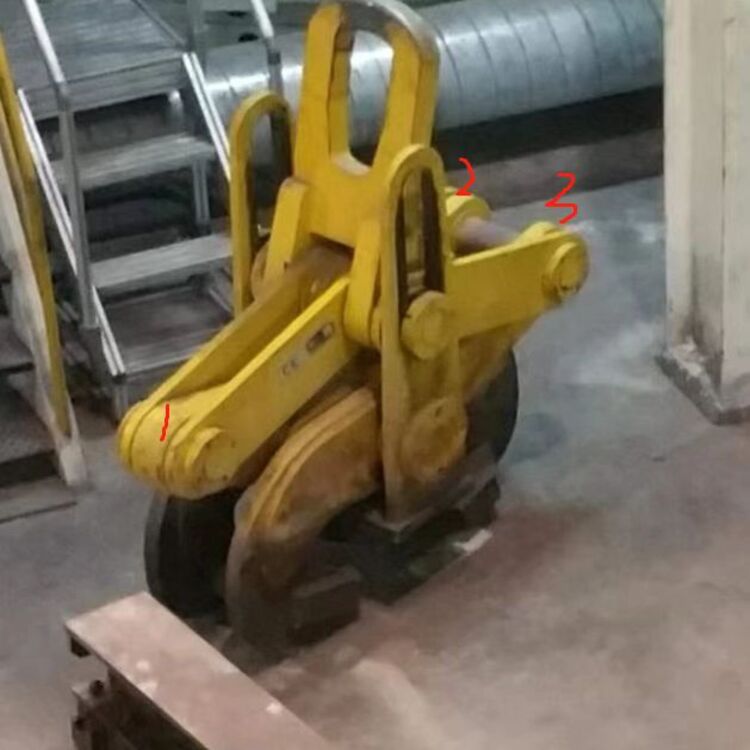
The automotive industry is currently grappling with two significant challenges: low efficiency and a high incidence of safety accidents. In production lines, inefficient lifting and handling equipment can lead to longer production cycles and increased downtime. Safety incidents not only pose risks to employees but also result in costly equipment damage and production halts. To address these issues, a new generation of automotive industry lifting tools has emerged as a game - changer.

The lifting tools are made of high - strength and lightweight materials. These materials offer a remarkable strength - to - weight ratio, which means they can lift heavy automotive components without adding excessive weight to the lifting system. For example, the use of advanced composite materials reduces the overall weight of the lifting tool by up to 30% compared to traditional steel - based tools, while still maintaining high strength. This reduction in weight not only makes the tool easier to handle but also reduces the energy consumption of the lifting equipment, leading to cost savings in the long run.
The intelligent clamping mechanism is another key advantage. It uses advanced sensors and actuators to ensure a secure grip on the automotive components. The clamping force can be precisely adjusted according to the size and shape of the component, preventing slippage and damage during lifting. In addition, the clamping mechanism can detect any abnormal movement or force during the lifting process and automatically adjust the clamping force to ensure safety. This feature significantly reduces the risk of safety accidents caused by improper clamping.
The adjustable design of the lifting tool allows it to adapt to different types of automotive components. The height, width, and angle of the lifting tool can be easily adjusted to fit the specific requirements of the lifting task. This flexibility makes the tool suitable for a wide range of applications in the automotive industry, from small - scale component handling to large - scale engine lifting. For instance, in an automotive assembly line, the adjustable lifting tool can quickly adapt to different models of cars, reducing the setup time between different production batches.

In automotive manufacturing plants, the lifting tool can significantly improve the efficiency of the production line. By reducing the time required for component handling and installation, it can increase the production output. For example, in a large - scale automotive factory, the use of this lifting tool has reduced the production cycle time by 20%, resulting in a significant increase in annual production volume.
In repair workshops, the lifting tool provides a safe and efficient way to handle heavy automotive components. It can quickly lift engines, transmissions, and other large parts, making the repair process faster and easier. For example, a repair shop reported that the use of this lifting tool has reduced the average repair time for engine replacement by 30%, improving customer satisfaction.
In component storage areas, the lifting tool can optimize the storage space and improve the handling efficiency. It can stack and retrieve components in a more organized manner, reducing the time and effort required for inventory management. For example, a component warehouse has reduced the storage space required for a given volume of components by 15% after implementing this lifting tool.
On the assembly line and during mechanical maintenance, the lifting tool ensures the smooth operation of the production process. It can quickly replace faulty components and perform maintenance tasks, minimizing the downtime of the production line. For example, a production line using this lifting tool has reduced the annual downtime due to component replacement and maintenance by 40%.
Many automotive companies have already experienced the benefits of using these lifting tools. One major automotive manufacturer reported that after implementing the new lifting tools, the downtime of their production line decreased by 25% and the accident rate dropped by 35%. These figures clearly demonstrate the effectiveness of the lifting tools in improving efficiency and safety.
The lifting tools are also designed with user - friendliness and easy maintenance in mind. The ergonomic design reduces the physical strain on the operators, making it more comfortable to use for long periods. In addition, the tool is easy to maintain, with simple and accessible components that can be quickly replaced in case of damage. This not only reduces the maintenance cost but also ensures the long - term reliability of the tool.

If you are an automotive industry professional looking to improve the efficiency and safety of your operations, don't miss out on this industry - essential multi - functional lifting tool solution. Contact us now to learn more about how this lifting tool can transform your business!

